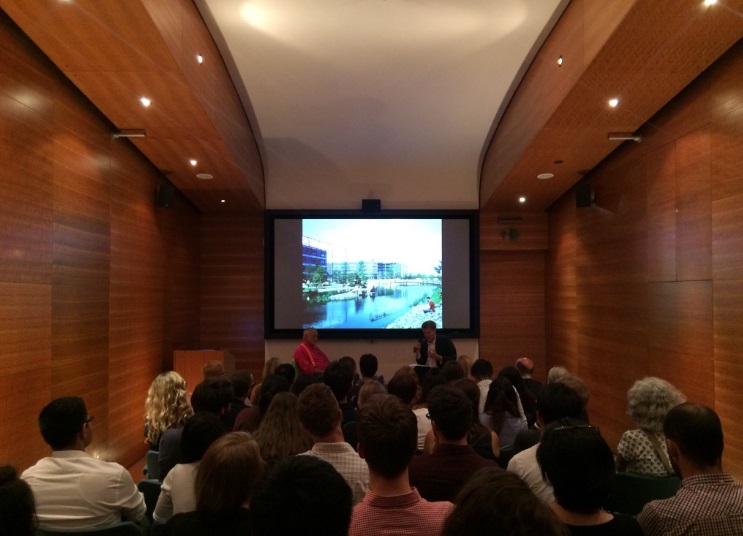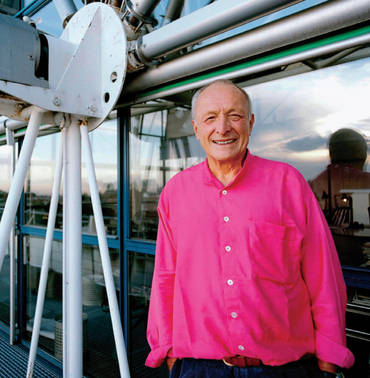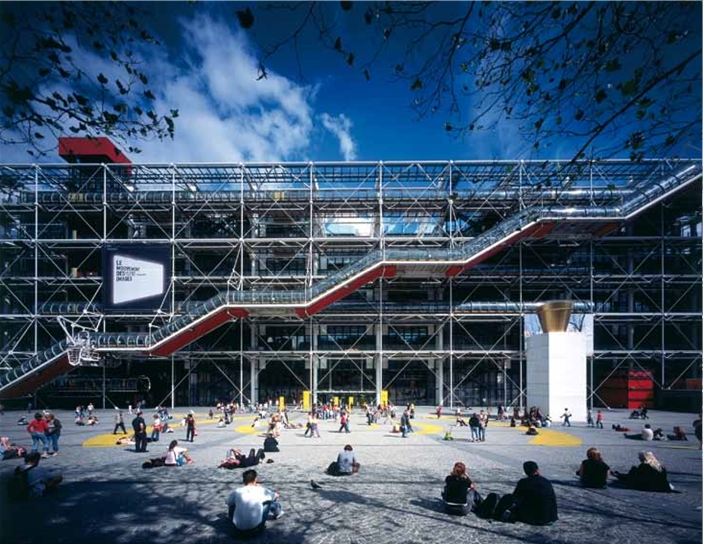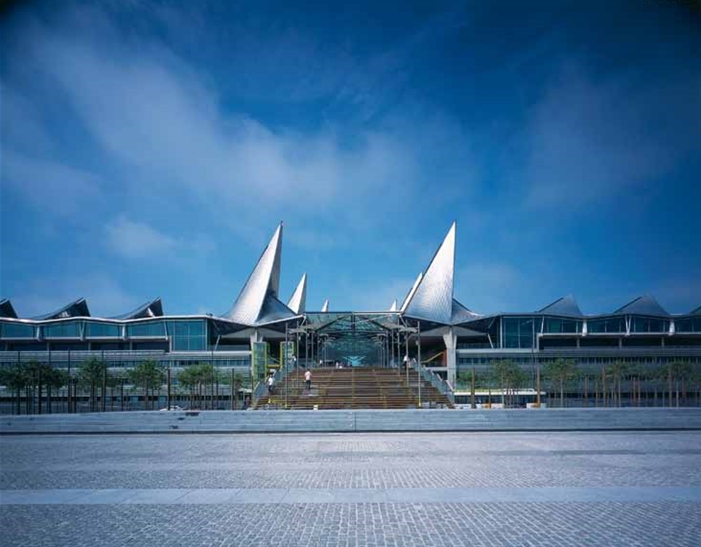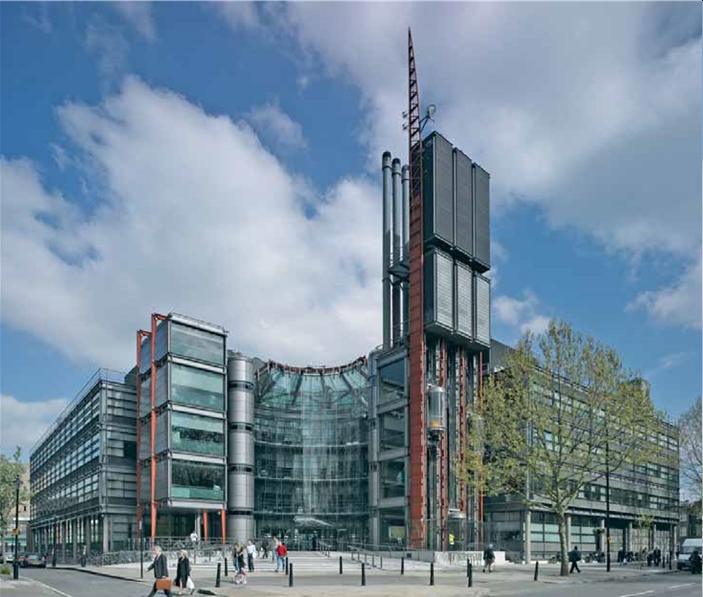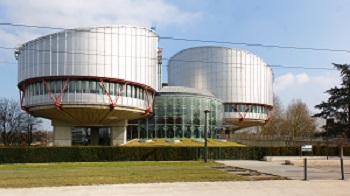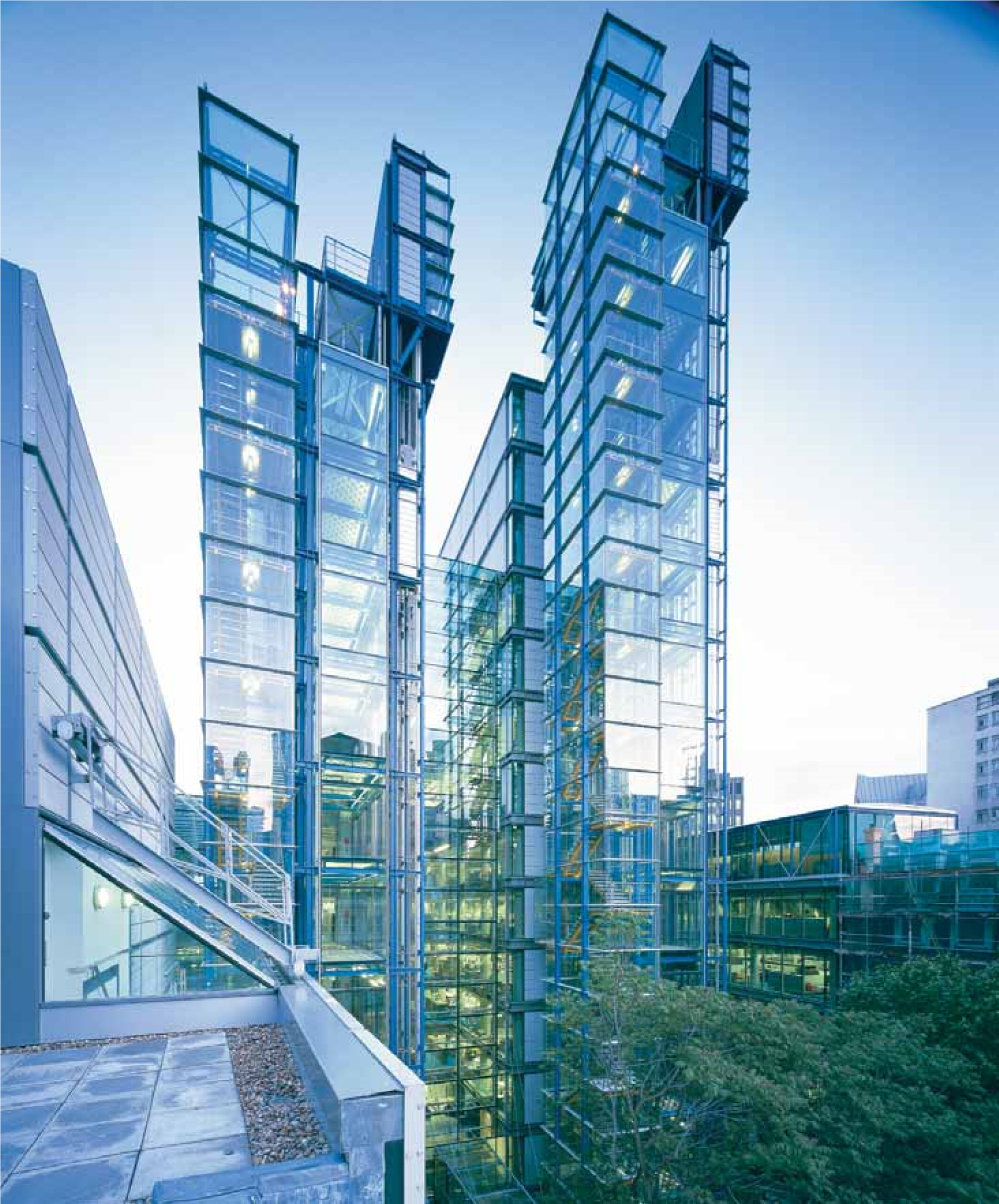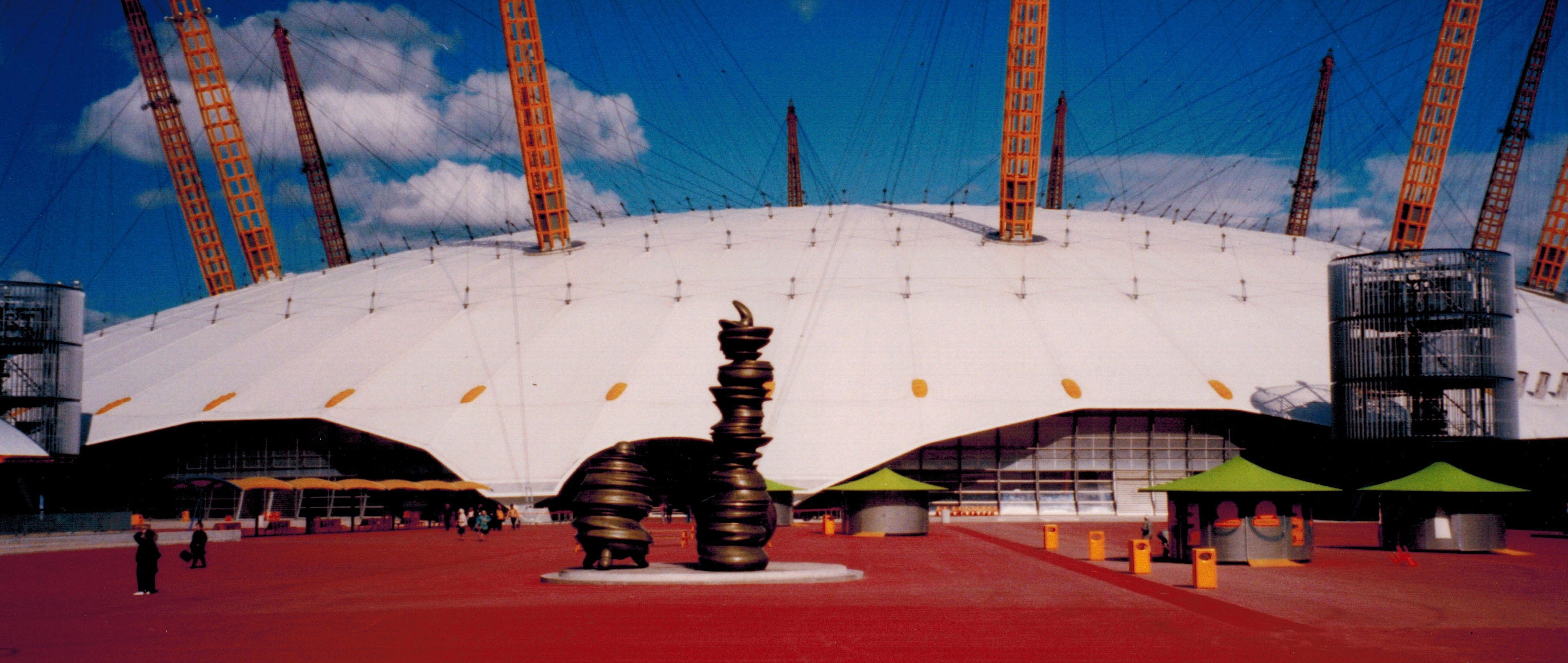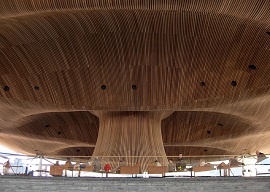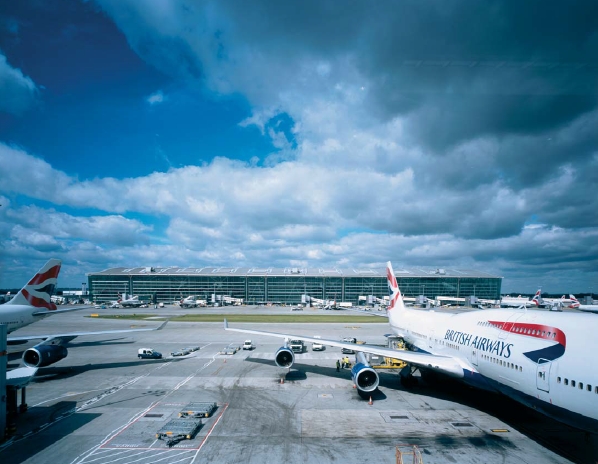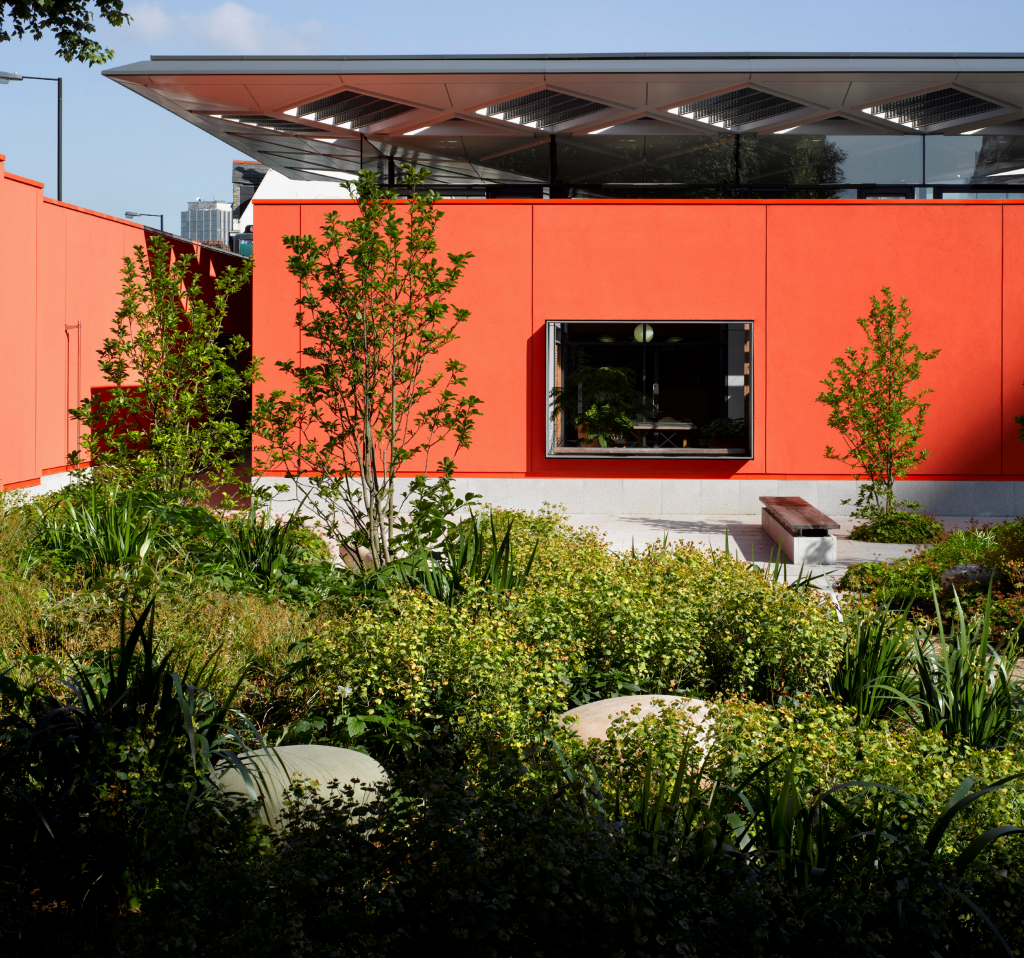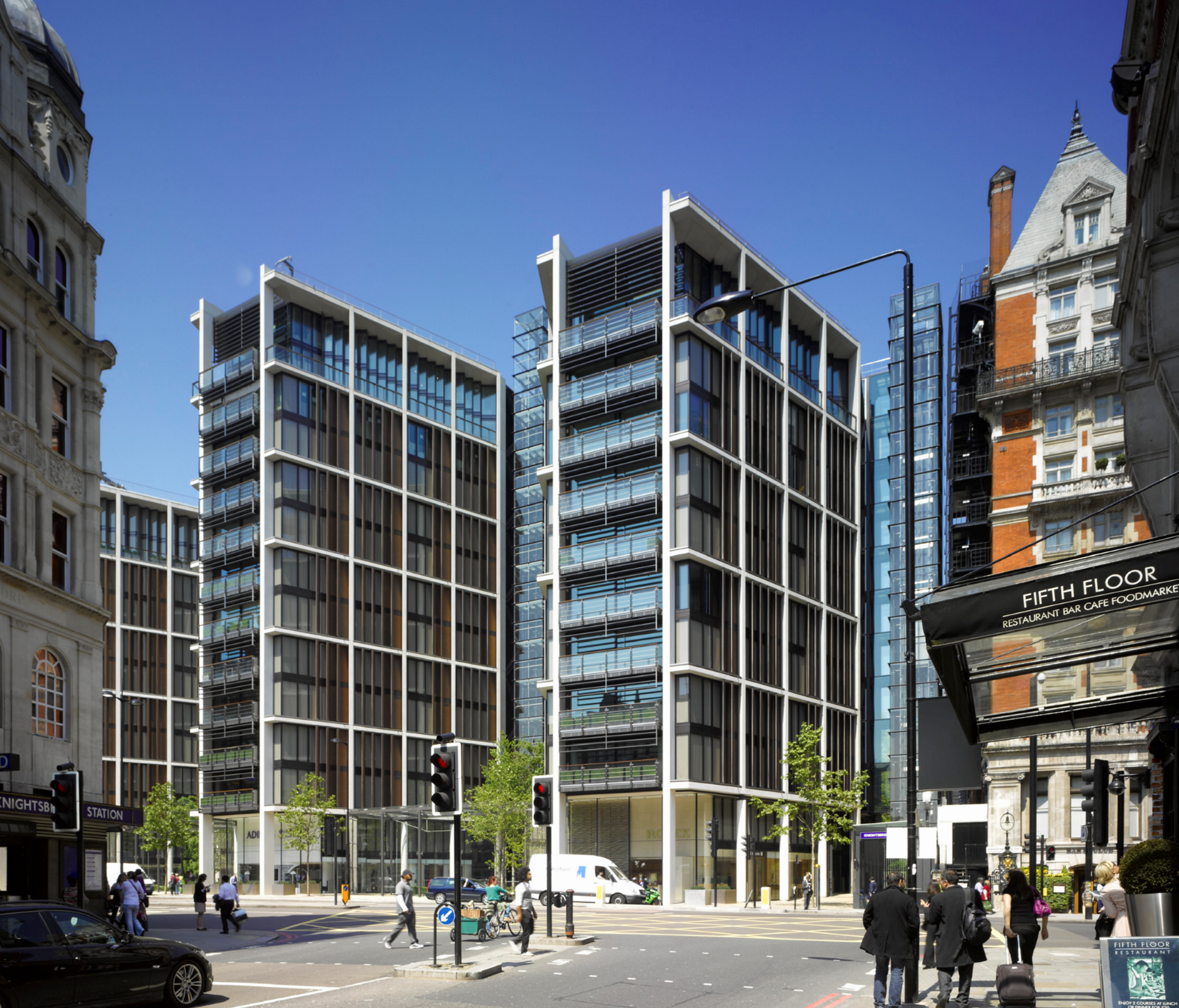Main author
Michael BrooksRichard Rogers in conversation at Somerset House
On 12 September 2016, Designing Buildings Wiki went to London’s Somerset House to see Richard Rogers in conversation with Dr. Chris Turner as part of the London Design Biennale.
Born in 1933, Richard Rogers is one of Britain’s most renowned and celebrated architects, whose modernist and functionalist designs have shaped and influenced architectural styles throughout the world.
During the 1950s, Rogers studied at London’s Architectural Association and Yale University, before opening a partnership Team 4 with his then-wife Su Brumwell, along with fellow student Norman Foster and his wife.
Team 4 split in 1967, and Rogers went on to work with the Italian architect Renzo Piano, with whom he was to remain life-long friends. Despite telling the audience that he was unenthusiastic about the design, Rogers got his ‘big break’ when he, Piano and Gianfranco Franchini won the competition for Paris’ Pompidou Centre in 1971.
Rogers said that the infamous design, with its externalisation of building services and dramatic skeletal structure, was intended to capture the audacious spirit of Paris in 1968, when revolutionary fever was in the air. Despite establishing Rogers as an important international architect, the Pompidou Centre endured sustained criticism; “I think there were only 6 positive articles, all from the New York Times, during the entire period… there was such intellectual weight behind the opposition to it.”
In 1977, Rogers created the Richard Rogers Partnership with Marco Goldschmied, Mike Davies and John Young. Their first project was the mechanistic Lloyd’s of London, constructed between 1978 and 1984, which built upon the futuristic style of the Pompidou Centre. Rogers joked that one of the Lloyds clients accosted him in a bathroom, saying “why didn’t you tell me it was going to look like this?!”
Asked about the influence of utopian megastructures and ‘mobile architecture’ proposed by the likes of Yona Friendman, Rogers said he had always been inspired by creating new kinds of shelter, escaping the traditional brick building with pitched roof. He suggested that despite the fact the utopian visions of Le Corbusier and Ebenezer Howard had left mixed legacies, it was important to maintain “hope of a better world… some change direction by looking backwards, others try to look forward, driven by the idea that things can be better.”
The Richard Rogers Partnership received many prestigious commissions following the attention gained by Lloyd’s of London, and in 1985, Rogers was awarded the RIBA Royal Gold Medal. Projects that followed included the Channel 4 Headquarters (1990-94), the European Court of Human Rights in Stasbourg (1995), Daimler complex in Berlin’s Potsdamer Platz (1993-99), the Millennium Dome (1996-2000), and the Senedd (National Assembly for Wales) (1999-2005).
Rogers was knighted in 1991, and made a Labour peer in 1996. He was increasingly involved in political life during the ‘New Labour’ government, chairing the Urban Task Force, established in 1998 to help identify causes of urban decline and to establish a positive vision for Britain’s cities. The Task Force published ‘Towards an Urban Renaissance’ in 1999, which included 105 recommendations for city designers.
Asked whether his engagement with politics during this time had proven frustrating, Rogers replied “It was yes, but I don’t know of any other way. I’ve always subscribed to the ancient Athenian statement that a ‘citizen must leave the city more beautiful than they enter it’ … if we live in a beautiful place we are uplifted, environment does affect us.”
From 2001 to 2008, Rogers was the chief advisor on architecture and urbanism to Mayor of London Ken Livingstone. He has also served as a mayoral advisor on urban strategies in Barcelona.
Speaking about London, Rogers was emphatic that “compared to how it used to be seen – as the ‘sick man of Europe’ – London has improved immeasurably, principally in how pedestrianised it now is. Not long ago, Trafalgar Square was the biggest roundabout in Europe, so design aesthetics do have an impact. I’d be surprised if the car lasts 20 years, we’re on the brink of real change.”
Unable to resist criticising the current Conservative government, on the issue of the housing crisis, Rogers said that “We’ve empowered the wrong people [developers] to have a say on how many houses are to be built. We haven’t built so few houses since 1922, which is astonishing for one of the richest countries in the world. There’s no excuse for not building more houses, we just need a government that doesn’t focus solely on profit.”
In 2006, Rogers won the Stirling Prize for Terminal 4 of Barajas Airport in Madrid. In 2007, the Rogers Partnership became Rogers Stirk Harbour + Partners (RSHP). In the same year, Rogers was made Laureate of the Pritzker Prize, architecture’s highest honour, as well as winning the Minerva Medal.
Major projects designed by RSHP include; London Heathrow Terminal 5, 3 World Trade Center in New York, One Hyde Park, and the Leadenhall (‘Cheesegrater’) Building to which the practice moved their offices in 2015. In 2009, Rogers was again awarded the Stirling Prize for Maggie’s Centre in London.
Asked by Designing Buildings Wiki whether, like creative artists in other fields, the original concept always remained elusive from the end product, Rogers said that “tools are available of course, and you imagine as best you can, but scale and physicality is always such a surprise, that it can’t help but alter the original perception that you had of a building. There is always information that you have at the end that you can only wish you’d had at the beginning.”
Notable projects:
Pompidou Centre, Paris
Antwerp Law Courts, Belgium
Channel 4 Headquarters, London
European Court of Human Rights, Strasbourg
Senedd, Cardiff
[edit] Related articles
- Archigram.
- Buckminster Fuller.
- Concept architectural design.
- David Trench - A career in projects.
- Frank Gehry.
- Frei Otto.
- High-tech architecture.
- Megastructure.
- Norman Foster.
- Richard Rogers - A Place for all People.
- RSHP.
- The architectural profession.
- The compact sustainable city.
- Towards an Urban Renaissance.
- Urban Task Force.
- Zaha Hadid.
Featured articles and news
Latest Build UK Building Safety Regime explainer published
Key elements in one short, now updated document.
UKGBC launch the UK Climate Resilience Roadmap
First guidance of its kind on direct climate impacts for the built environment and how it can adapt.
CLC Health, Safety and Wellbeing Strategy 2025
Launched by the Minister for Industry to look at fatalities on site, improving mental health and other issues.
One of the most impressive Victorian architects. Book review.
Common Assessment Standard now with building safety
New CAS update now includes mandatory building safety questions.
RTPI leader to become new CIOB Chief Executive Officer
Dr Victoria Hills MRTPI, FICE to take over after Caroline Gumble’s departure.
Social and affordable housing, a long term plan for delivery
The “Delivering a Decade of Renewal for Social and Affordable Housing” strategy sets out future path.
A change to adoptive architecture
Effects of global weather warming on architectural detailing, material choice and human interaction.
The proposed publicly owned and backed subsidiary of Homes England, to facilitate new homes.
How big is the problem and what can we do to mitigate the effects?
Overheating guidance and tools for building designers
A number of cool guides to help with the heat.
The UK's Modern Industrial Strategy: A 10 year plan
Previous consultation criticism, current key elements and general support with some persisting reservations.
Building Safety Regulator reforms
New roles, new staff and a new fast track service pave the way for a single construction regulator.
Architectural Technologist CPDs and Communications
CIAT CPD… and how you can do it!
Cooling centres and cool spaces
Managing extreme heat in cities by directing the public to places for heat stress relief and water sources.
Winter gardens: A brief history and warm variations
Extending the season with glass in different forms and terms.
Restoring Great Yarmouth's Winter Gardens
Transforming one of the least sustainable constructions imaginable.







